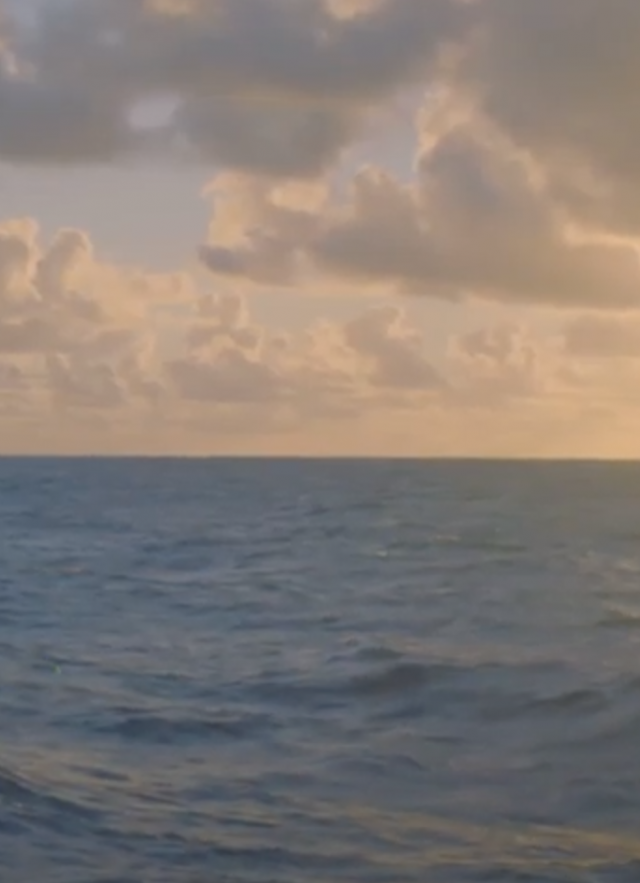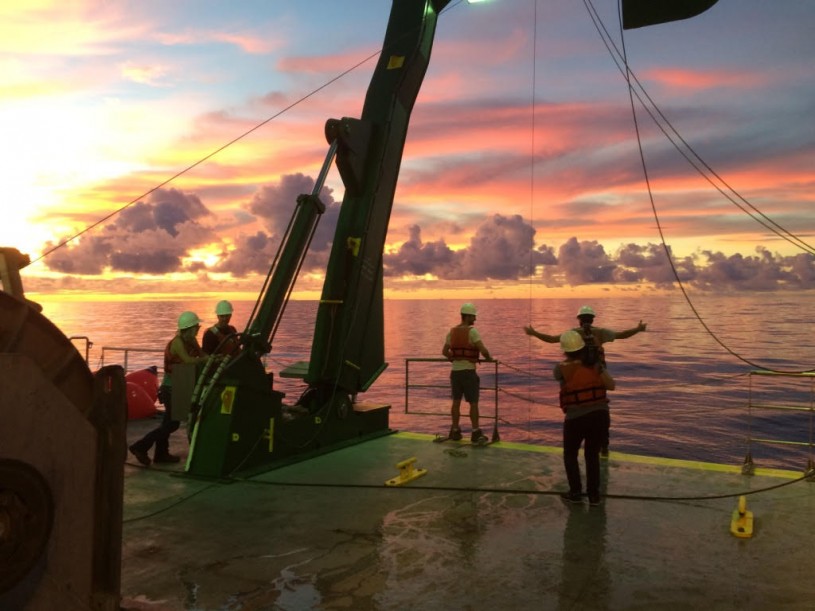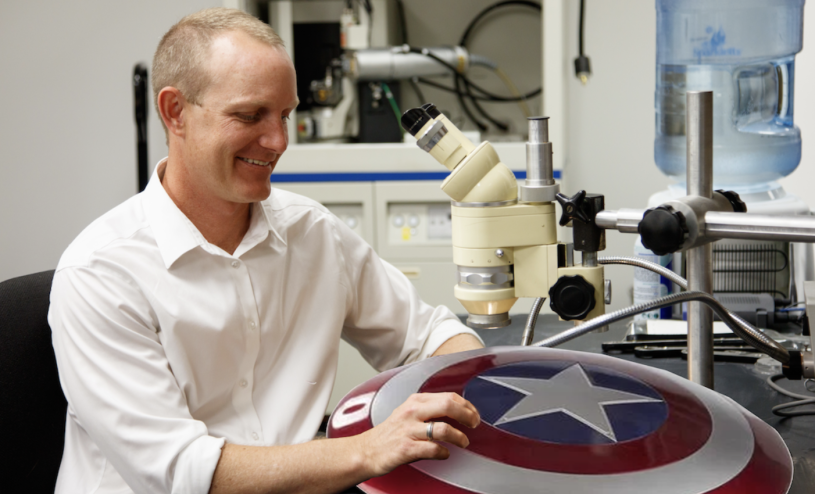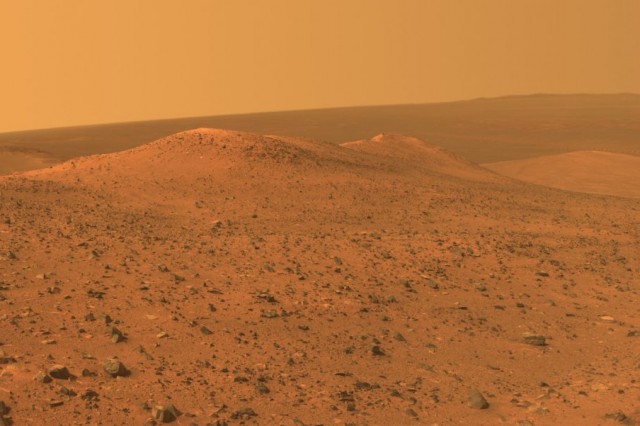The Hart Museum remains closed. Los Angeles County has approved a plan to transfer the William S. Hart Museum and Park from the County to the City of Santa Clarita.
There's Climate History at the Bottom of the Ocean
Looking at ocean sediments reveals how Earth has changed over time.

Let’s say you wanted to measure the health of the oceans over time, and let’s say you’re a brilliant mineralogist defining health as temperature and acidity. One very big problem is that you can’t turn back the clock and scoop up history’s ocean water. That’s where minerals come in.
“The oceans changed, and you can’t go back in time and stick a pH meter in the ocean a million years ago” says Dr. Aaron Celestian, NHM’s Associate Curator in Mineralogy, “but what you can do is look at the minerals that formed in those oceans at that time.”

Marine minerals forming in the present directly relate to temperature and acidity of the oceans, in turn relating to the air temperature and atmospheric conditions, says Celestian.“Long story short, you can look at what’s happening in the ocean sediments and figure out how Earth has changed over time.”
That’s what makes the ongoing project of ocean sampling Dr. Celestian and his collaborators are working on essential to better understanding the climate history of our planet’s oceans. The team traveled from Hawaii to Alaska, sampling the ocean floor at intervals and in turn analyzing the minerals in the water and at the bottom of the seafloor to measure ocean health.

Their analysis showed increasing acidification the further north they got. While Dr. Celestian didn’t make it on the boat this time, in the next couple of years the team aims to sample from the South Pacific down to the Galapagos Islands before returning north to sample their original sites to see what’s changed and how. The aim of the overall research is measure these different rock layers in the ocean, possibly even through deep time if the sediment rock record goes back that far. “There’s the potential for really big impacts for understanding climate throughout Earth’s history,” he says.
Meet the team behind this fascinating work in this video.
Learn more about Dr. Celestian’s work on marine minerals from his blog: https://medium.com/@aaron.celestian/what-can-happen-when-the-oceans-bec…
